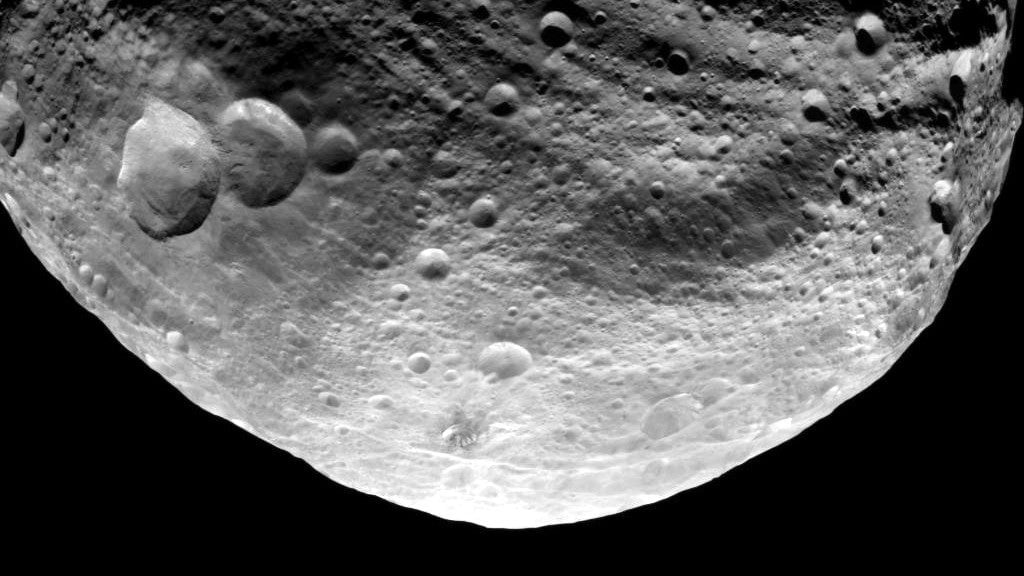NASA won’t launch a mission to hunt deadly asteroids
NASA says it can’t afford to build a space telescope considered the fastest way to identify asteroids that might impact the Earth with terrible consequences.


NASA says it can’t afford to build a space telescope considered the fastest way to identify asteroids that might impact the Earth with terrible consequences.
A 2015 law gave the space agency five years to identify 90% of near-Earth objects larger than 140 meters in diameter, which could devastate cities, regions and even civilization itself if they were to impact the planet. NASA isn’t going to meet that deadline, and scientists believe they have so far only identified about a third of the asteroids considered a threat.
Researchers at NASA’s Jet Propulsion Laboratory, led by principal investigator Amy Mainzer, developed a proposal for a space telescope called NEOCam that would use infrared sensors to find and measure near-Earth objects. The National Academy of Sciences issued a report this spring concluding that NEOCam was the fastest way to meet the asteroid-hunting mandate. But NASA will not approve the project to begin development.
“The Planetary Defense Program at NASA does not currently have sufficient funding to approve development of a full space-based NEO survey mission as was proposed by the NEOCam project,” a NASA spokesperson told Quartz this week.
The agency said it was prioritizing funding for ground-based telescopes looking for asteroids, though the NAS report concluded that they would not fulfill its mandate. The agency is also funding the Double Asteroid Redirection Test mission (DART), which will pilot the technologies needed to do something about any threatening near-Earth objects. Still, the agency said the infrared telescope proposed for NEOCam “could be ready for any future flight mission development effort.”
Scientists say that NEOCam is caught in a game of “cosmic chicken” between Congress and NASA. NASA managers are reluctant to prioritize planetary defense over scientific missions, while Congress has yet to appropriate specific funding for an asteroid survey. The NAS report recommended that “missions meeting high-priority planetary defense objectives should not be required to compete against missions meeting high-priority science objectives.”
“Although highly unlikely, being taken by surprise by a catastrophic asteroid impact that could have been detected would be an epic failure in the history of science,” MIT planetary scientist Richard Binzel told Quartz. “We now have a capability to know what’s out there, meaning we have no excuse for an ongoing lack of knowledge.”
Binzel says that the onus is now on Congress to increase NASA funding for planetary defense by $40 million annually, which would allow the agency to develop the spacecraft and eventually launch it in the years ahead.
NASA, however, did not ask for that plus-up in the White House’s budget proposal to Congress this year. Instead, the agency has asked for $1.6 billion in new funding to support a human return to the moon that could cost as much as $30 billion over the next five years. In contrast, the total cost of the NEOCam mission is estimated to be $500 to $600 million. But NASA funding is a fairly low priority in Washington, as Congress has yet to agree on even a broad outline for 2020 funding.
Lawmakers haven’t been enthusiastic about funding the lunar return, but asteroid hunting might be an easier sell. A national poll of Americans taken in May found 68% supported missions to find asteroids that might impact Earth, while just 23% thought a return to the moon would be a good idea.